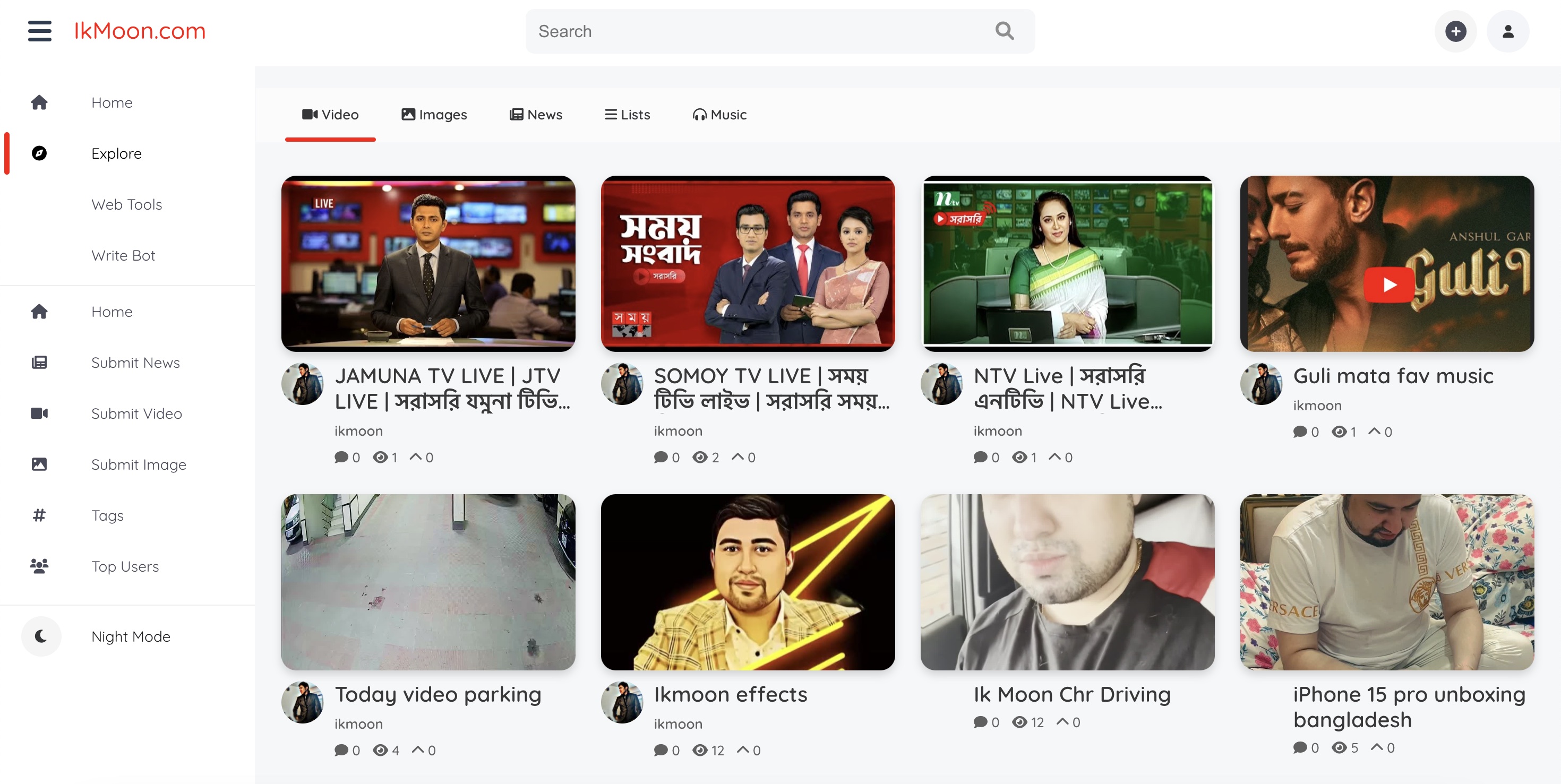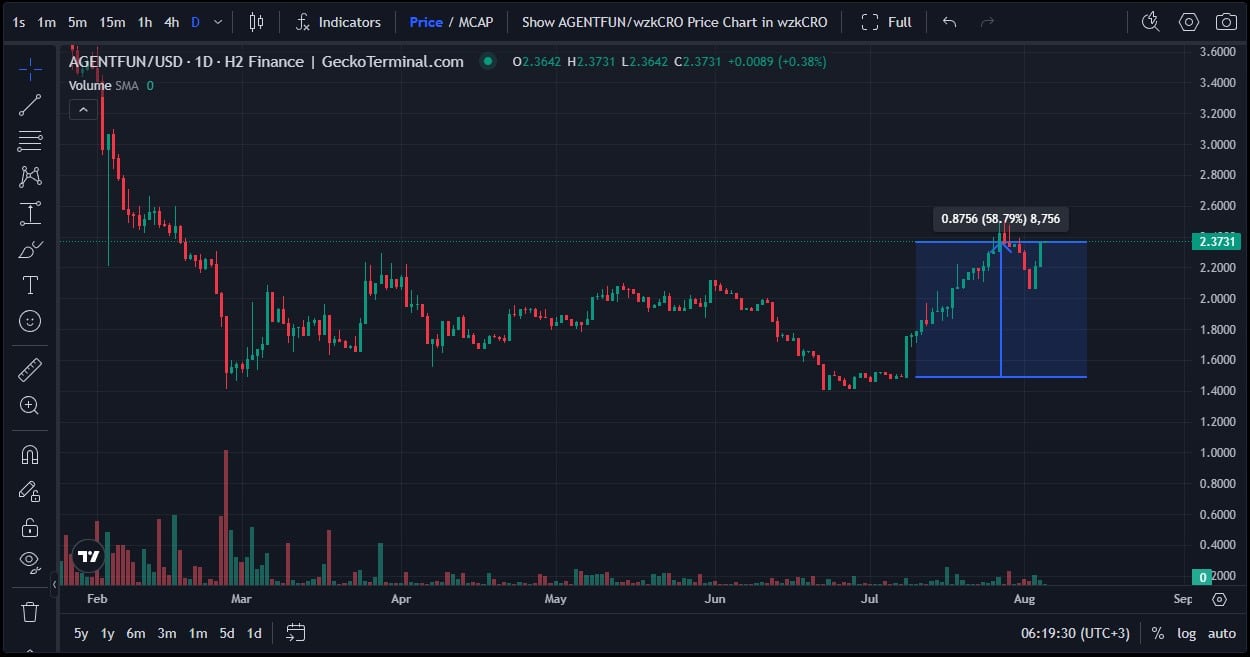Crypto Forecasting: Mastering Leading and Lagging Signals
The post Crypto Forecasting: Mastering Leading and Lagging Signals appeared on BitcoinEthereumNews.com. In the world of financial markets and trading, two terms often pop up: leading and lagging indicators. These indicators are essential tools for traders and investors, helping them predict future price movements and make informed decisions. In the realm of cryptocurrencies, which is known for its volatility, understanding these indicators becomes even more crucial. Let’s delve into what these indicators are, their differences, and how they apply to the cryptocurrency market. Let’s take a look at this Crypto forecasting article in more detail. Crypto Forecasting: What are Leading and Lagging Indicators? Leading Indicators: These are predictive indicators that aim to forecast future price movements. They give signals before a new trend or reversal occurs. Leading indicators are best used in ranging markets (when prices move sideways) and are often used to identify potential breakout or breakdown points. Lagging Indicators: These indicators provide signals after the trend has started. They are best used to confirm a trend and are more reliable than leading indicators because they are based on historical data. However, they might not be as useful for predicting future movements since they react to price changes that have already occurred. Crypto Forecasting: Examples of Leading Indicators in Cryptocurrencies: BTC/USD Weekly – TradingView Relative Strength Index (RSI): The RSI measures the speed and change of price movements and ranges between 0 to 100. Typically, an RSI above 70 indicates that a cryptocurrency is overbought and might be due for a price correction, while an RSI below 30 suggests that it’s oversold and might experience a price increase. Example: If Bitcoin‘s RSI crosses above 70, a trader might anticipate a price drop soon and might consider selling. Stochastic Oscillator: This indicator compares a cryptocurrency’s closing price to its price range over a specific period. Like the RSI, it ranges between 0 to 100 and uses the 20 and 80…

The post Crypto Forecasting: Mastering Leading and Lagging Signals appeared on BitcoinEthereumNews.com.
In the world of financial markets and trading, two terms often pop up: leading and lagging indicators. These indicators are essential tools for traders and investors, helping them predict future price movements and make informed decisions. In the realm of cryptocurrencies, which is known for its volatility, understanding these indicators becomes even more crucial. Let’s delve into what these indicators are, their differences, and how they apply to the cryptocurrency market. Let’s take a look at this Crypto forecasting article in more detail. Crypto Forecasting: What are Leading and Lagging Indicators? Leading Indicators: These are predictive indicators that aim to forecast future price movements. They give signals before a new trend or reversal occurs. Leading indicators are best used in ranging markets (when prices move sideways) and are often used to identify potential breakout or breakdown points. Lagging Indicators: These indicators provide signals after the trend has started. They are best used to confirm a trend and are more reliable than leading indicators because they are based on historical data. However, they might not be as useful for predicting future movements since they react to price changes that have already occurred. Crypto Forecasting: Examples of Leading Indicators in Cryptocurrencies: BTC/USD Weekly – TradingView Relative Strength Index (RSI): The RSI measures the speed and change of price movements and ranges between 0 to 100. Typically, an RSI above 70 indicates that a cryptocurrency is overbought and might be due for a price correction, while an RSI below 30 suggests that it’s oversold and might experience a price increase. Example: If Bitcoin‘s RSI crosses above 70, a trader might anticipate a price drop soon and might consider selling. Stochastic Oscillator: This indicator compares a cryptocurrency’s closing price to its price range over a specific period. Like the RSI, it ranges between 0 to 100 and uses the 20 and 80…
What's Your Reaction?

















![[LIVE] Crypto News August 5 – Which Crypto to Buy Today for Long-Term Gains? BTC And ETH Accumulation Surges Despite DEX Slowdown](https://99bitcoins.com/99bitcoins.com/wp-content/uploads/2025/04/Fatima99btc.jpg?#)






















